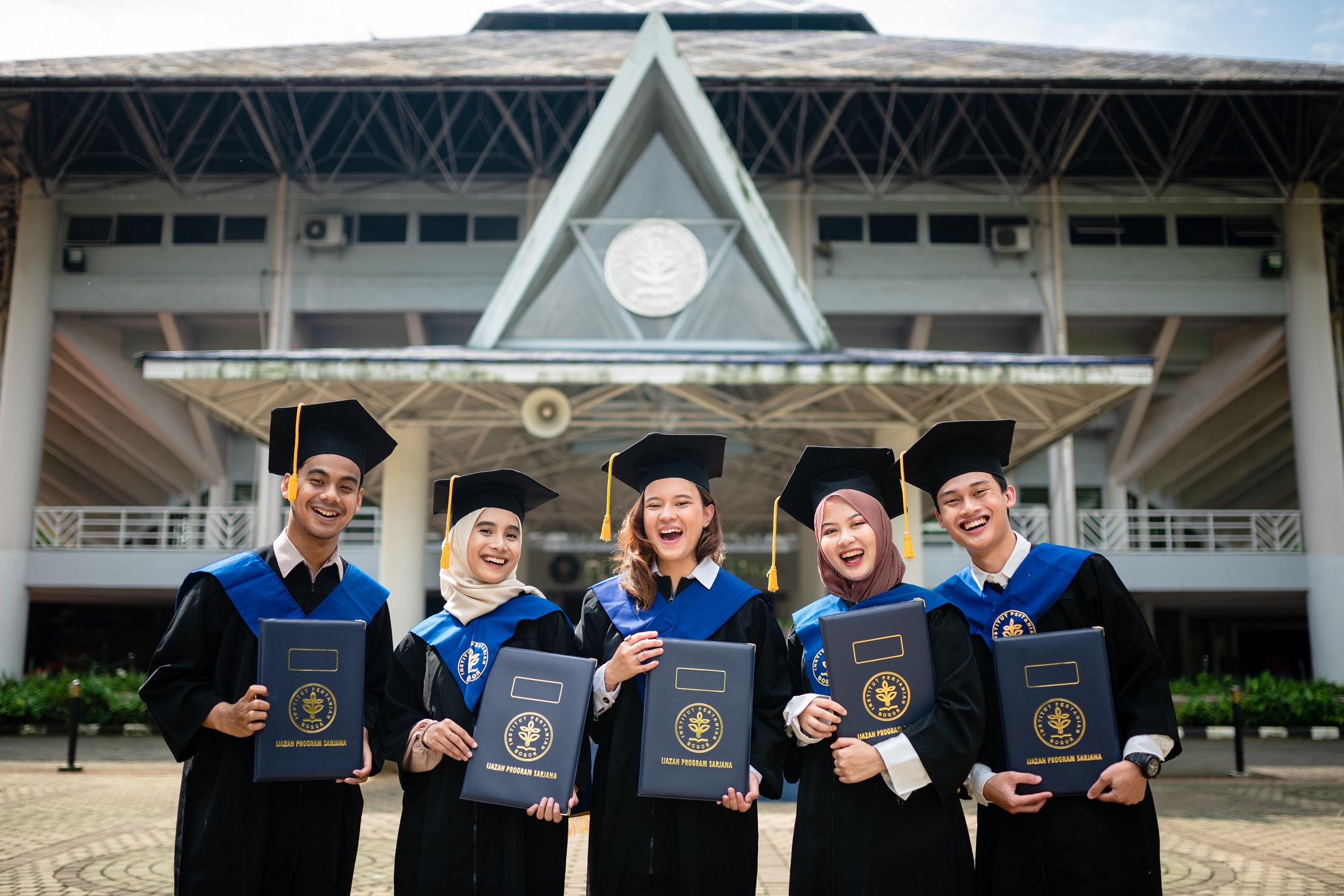Prof.Dr.Ir Sulistiono: Conserve the Fish Habitat at the Estuaries

The part of the mouth or lower course of a river in which the river’s current meets the sea’s tide is generally termed estuary. It is the location where the sea water meets fresh water. The inflows of both sea water and fresh water provide high levels of nutrients both in the water column and in sediment, making estuaries among the most productive natural habitats in the world. While the estuary is important because of the mainland estuaries bring a good source of nutrients for the sea, but it is also become the pollution sources.
The influence of rainfall and hydrological variables as estuary environments parameters were investigated, especially salinity and season were the important factors for fish distribution in the region. The seasonality of temperature changes was also found to determine the temporal changes of species composition of the overall fish community of estuaries. On a particular season there were abundance of larger fish species seedlings (sidat, Lundu fish, snapper, mullet, etc.), and on the other particular season they were not there. Therefore, environmental and estuarine waters should be studied seriously.
It was stated by Prof.Dr.Ir Sulistiono, one of the Professor Chair holders on Fisheries of Bogor Agricultural University, in his press conference. It was stated prior to his Scientific Oration in Ex-lounge of Baranangsiang Campus, Bogor, on 30 July 2015. The oration was the results of his research program implemented for 15 years (Had been carried out since 2000). Further, he arguably stated that estuary is the fish hospital. Usually marine fishes use estuaries as "nursery grounds" for spawning.
Prof. Sulis’ studies program were on the general situation of estuary of Java and Papua, its temperature, turbidity, tidal patterns, nitrate and oxygen contents of the estuaries which were still in tolerable situations. Finally he also discovered that some areas were highly contaminated by heavy metals.
"Estuary is home to approximately 130 species fishes, 53 out of them have significant economic importance. Further, 12 types of them have been developed for industry in Indonesia as they contains taurine (for pharmaceutical products)," he said.
Prof. Sulis pointed out examples of the utilization estuary fishes he discovered such as the fish gelodok or "mudskipper" (has not been utilized as aphrodisiac), fish Tanjan (has high nutritional value), diadromous fish (live in the ocean and return to fresh water to spawn), crackle fish, tembang fish (Sardinella spp.), belanak fish (mugilidae), fish Betok or Climbing Perch (Anabas testudineus), etc. "Rejum fish (Clupea platygasler), an important commodity in Japan as the basis material for hoka bento menu or tempura, 1 kilogram costs Rp. 450.000,-," he said.
According to him, the government does not pay much on the estuary management. However, if estuaries are contaminated, they are simply dumped directly into the ocean. The fish seedlings which are spawned in the estuary would die won’t be able return to the sea. In addition, the constructions of many dams in Indonesia will also affect the estuaries situations.
Prof. Sulis offers alternative management program called Community-Based Fisheries Resource Management and Sustainable Ecosystem which is comprised of five pillars: 1. Potential Utilization of Small-Scale Fisheries; 2. Ecosystem-Based Fisheries Management; 3. Monitoring of Fisheries Resources; 4. Fishermen Economic Development and Institutional Strengthening; 5. Domestication and Development of Aquaculture
"My recommendation, any impact of development programs must be considered," he said. (Wied)



